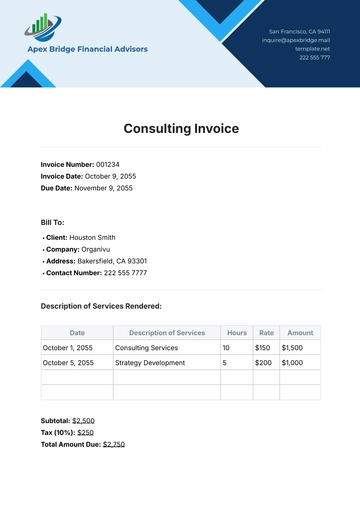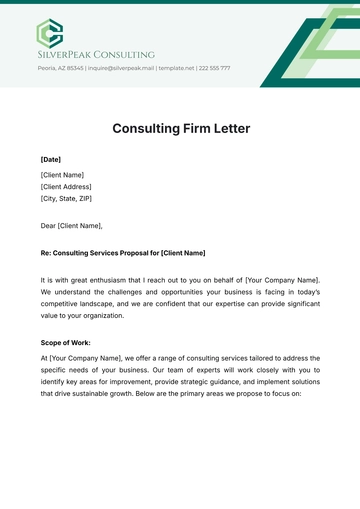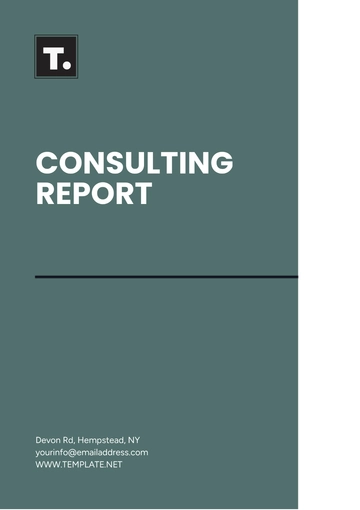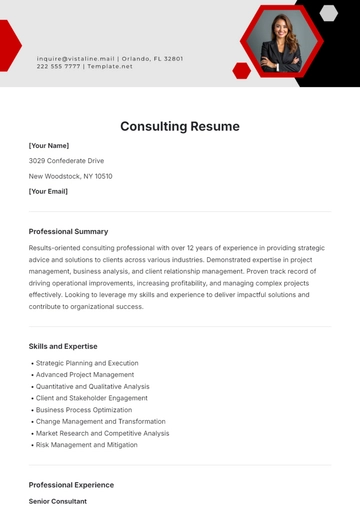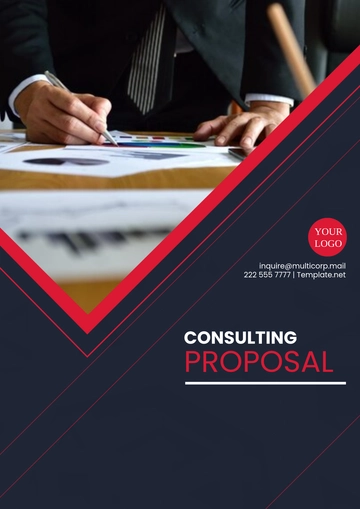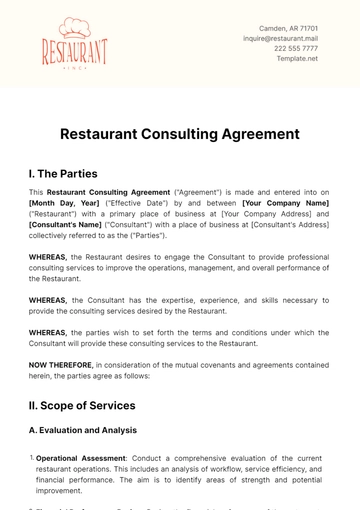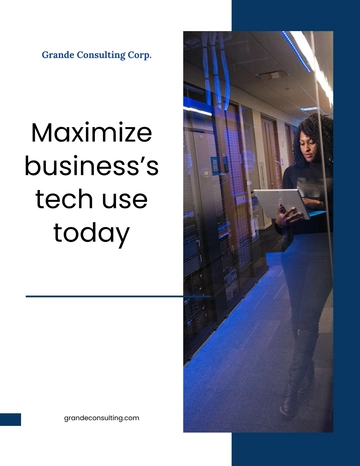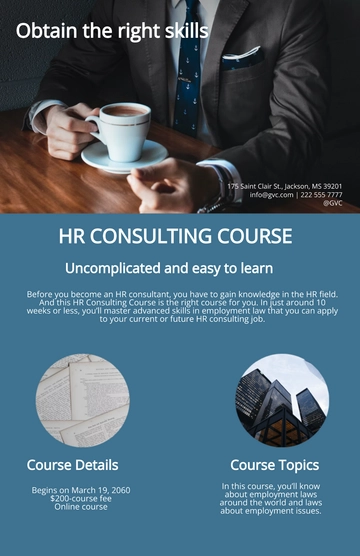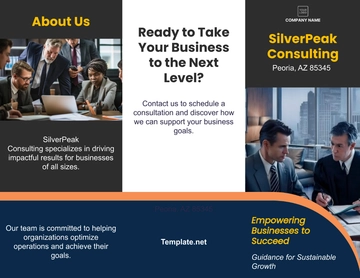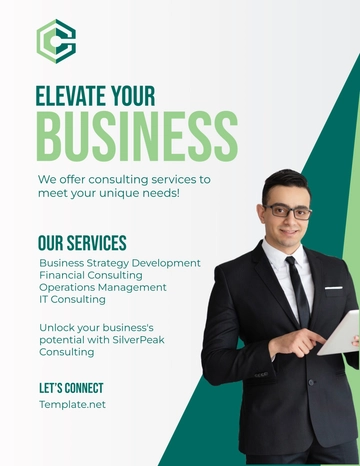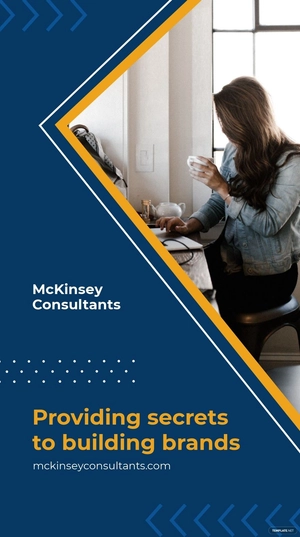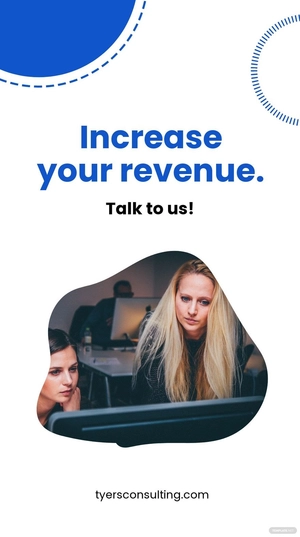Free Ethnography Consulting
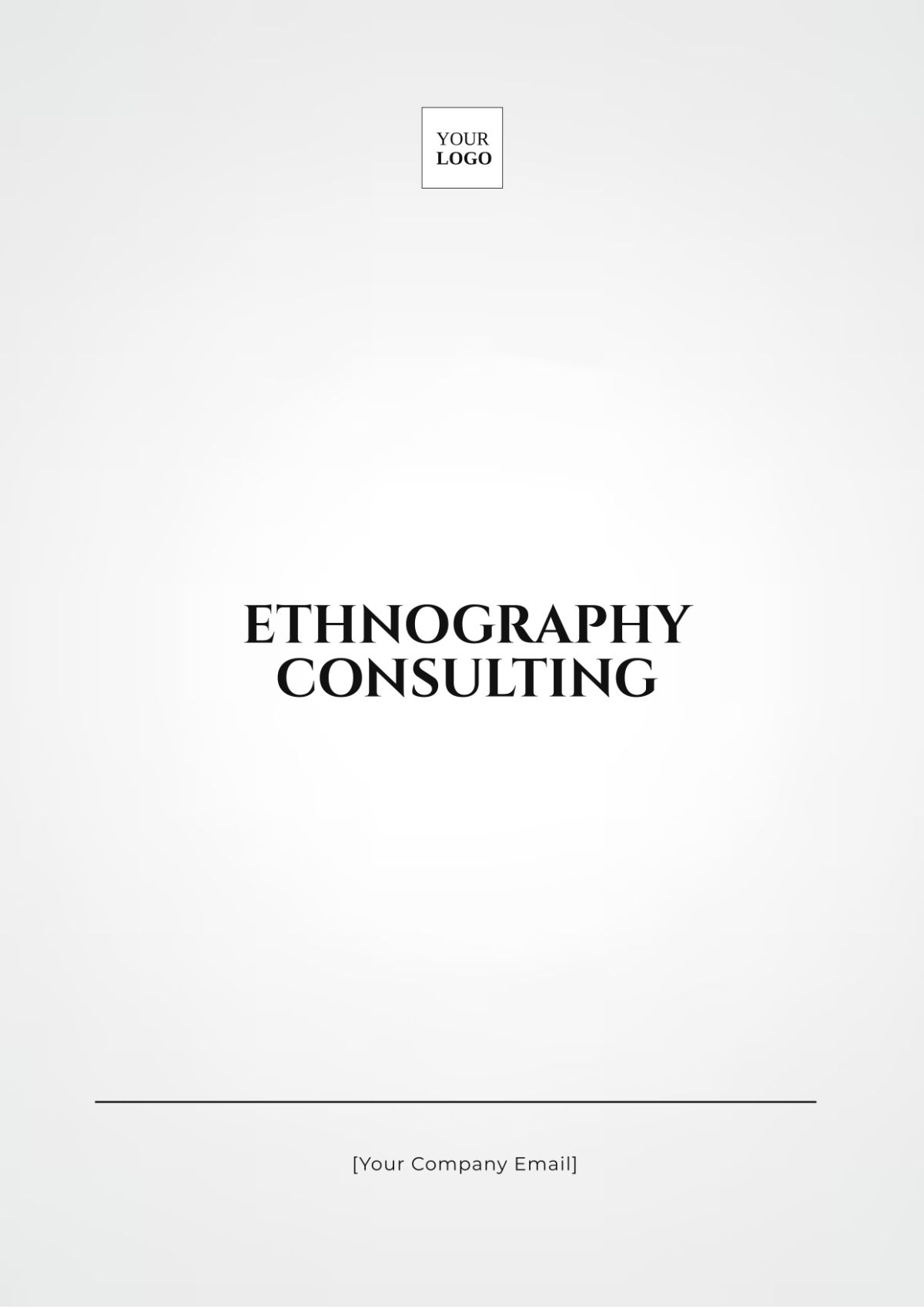
Prepared By: [Your Name]
Organization Name: [Your Company Name]
Date: [Date]
1. Introduction
This ethnographic consulting report provides an in-depth analysis of workplace culture within an organization. The study aims to uncover cultural dynamics, employee interactions, and areas of improvement to enhance overall workplace satisfaction and effectiveness. The following sections detail the research methodology, findings, and actionable recommendations based on comprehensive ethnographic research.
2. Purpose and Scope
2.1 Purpose
The purpose of this ethnographic consulting engagement is to:
Uncover underlying issues affecting employee morale and productivity.
Understand the dynamics of team interactions and organizational norms.
Provide actionable recommendations to foster a more positive and effective workplace environment.
2.2 Scope
This study focuses on:
Organizational culture and employee interactions.
Team collaboration and communication practices.
Employee satisfaction and engagement levels.
3. Methodology
3.1 Research Design
The ethnographic research design was structured to provide a comprehensive understanding of the workplace culture. The study focused on key aspects of employee experiences and organizational dynamics.
Defining Research Questions
To guide the research, the following key questions were established:
How do employees perceive the current workplace culture?
What are the main barriers to effective collaboration?
How satisfied are employees with their work environment?
These questions aim to uncover both the strengths and areas needing improvement within the organization.
3.2 Selecting Participants
A diverse and representative sample of 50 employees was selected to ensure a broad perspective on workplace culture. The participants were drawn from various departments:
Department | Number of Participants |
|---|---|
Software Development | 15 |
Marketing | 10 |
Human Resources | 10 |
Customer Support | 15 |
This distribution ensures insights from different functional areas within the organization.
3.3 Data Collection Methods
Data collection involved multiple methods to gather a rich set of qualitative data:
Method | Description |
|---|---|
Participant Observation | Observations were carried out in various settings including team meetings, informal gatherings, and day-to-day interactions to understand natural behaviors and interactions. |
In-Depth Interviews | Conducted with 20 employees to gain personal insights into their experiences and perceptions regarding workplace culture and collaboration. |
Focus Groups | Three focus group sessions, each consisting of 8-10 employees, were organized to discuss team dynamics, cultural issues, and collective views on workplace practices. |
3.4 Data Analysis
The collected data was meticulously analyzed to uncover recurring themes, patterns, and areas of concern. The analysis aimed to identify:
Common themes: Repeated ideas or sentiments expressed by participants.
Patterns: Consistent behaviors or interactions observed during the study.
Areas of concern: Specific issues or challenges highlighted by employees.
3.5 Reporting Findings
The findings are compiled and presented with actionable recommendations designed to improve workplace culture. The report emphasizes:
Insights: Key observations and findings from the research.
Recommendations: Practical steps for addressing identified issues and enhancing the organizational environment.
3.6 Data Collection Methods
Participant Observation: Included shadowing employees during work hours, attending team meetings, and observing informal interactions in common areas.
In-Depth Interviews: Conducted one-on-one interviews focusing on personal experiences, job satisfaction, and suggestions for improvement.
Focus Groups: Facilitated discussions to explore collective views on teamwork, communication, and organizational support.
Document Analysis: Reviewed internal documents such as employee feedback reports, team performance reviews, and company policies.
4. Findings and Insights
4.1 Organizational Culture
Aspect | Findings | Implications |
|---|---|---|
Workplace Dynamics | Employees report a high degree of collaboration but also note a lack of formal recognition for achievements. | Collaboration is strong, but formal systems for recognizing contributions are needed to boost morale. |
Communication | Informal communication is prevalent, with limited use of formal channels. | Greater reliance on informal channels may lead to miscommunication and missed information. |
4.2 Team Collaboration
Aspect | Findings | Implications |
|---|---|---|
Team Interactions | Teams often work well together but experience challenges due to unclear roles and responsibilities. | Clarity in roles and responsibilities is needed to enhance team effectiveness. |
Project Management | Ad hoc project management practices are used, leading to inconsistent outcomes. | Standardizing project management practices could improve consistency and efficiency. |
4.3 Employee Satisfaction
Aspect | Findings | Implications |
|---|---|---|
Job Satisfaction | High overall satisfaction with work, but employees desire more opportunities for career development. | Career development programs should be enhanced to meet employee expectations. |
Work-Life Balance | Employees report difficulty maintaining work-life balance due to high workloads. | Implementing measures to support work-life balance could improve overall employee well-being. |
5. Recommendations
Enhance Formal Recognition: Establish a structured system to formally acknowledge and reward individual and team achievements. This could include regular awards, public recognition, and performance-based incentives to boost employee morale and motivation.
Improve Communication Channels: Develop and promote formal communication channels, such as regular updates, newsletters, and dedicated intranet platforms. This ensures that all employees receive consistent and important information, reducing misunderstandings and information gaps.
Clarify Roles and Responsibilities: Create detailed job descriptions and clearly outline roles and responsibilities for each position. This will help minimize confusion, set clear expectations, and enhance overall team collaboration and efficiency.
Standardize Project Management: Implement established project management methodologies, such as Agile or Scrum, to standardize processes. This will improve project outcomes, ensure consistency, and enhance team performance by providing a structured approach to project execution.
Expand Career Development Opportunities: Introduce comprehensive career development initiatives, including mentorship programs, training sessions, and workshops. This will support employees in their professional growth, improve job satisfaction, and enhance retention.
Support Work-Life Balance: Regularly assess and adjust employee workloads to ensure they are manageable. Explore flexible working options and support mechanisms, such as remote work or flexible hours, to promote a healthier work-life balance and reduce burnout.
6. Conclusion
The ethnographic study has provided valuable insights into the workplace culture and employee experiences within the organization. By addressing the identified issues and implementing the recommendations, the organization can enhance its culture, improve employee satisfaction, and foster a more productive work environment. This approach ensures that the changes are based on a comprehensive understanding of the organization's unique dynamics and needs.
- 100% Customizable, free editor
- Access 1 Million+ Templates, photo’s & graphics
- Download or share as a template
- Click and replace photos, graphics, text, backgrounds
- Resize, crop, AI write & more
- Access advanced editor
The Ethnography Consulting Template from Template.net provides an editable and customizable tool for consultants to effectively assess and document cultural practices within organizations. Designed to support thorough ethnographic studies, this template allows for easy adaptation to specific client needs, ensuring tailored insights and actionable recommendations. Streamline your consulting process with this versatile template, perfect for delivering in-depth cultural analysis and strategic advice.

